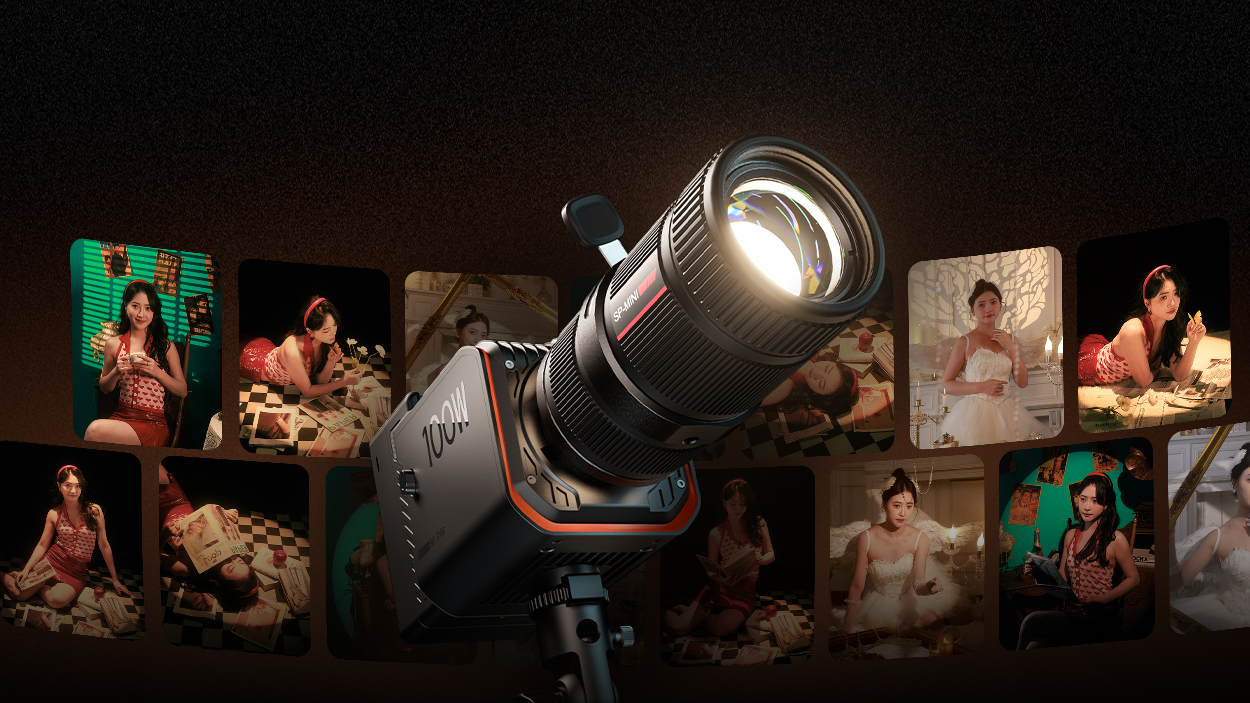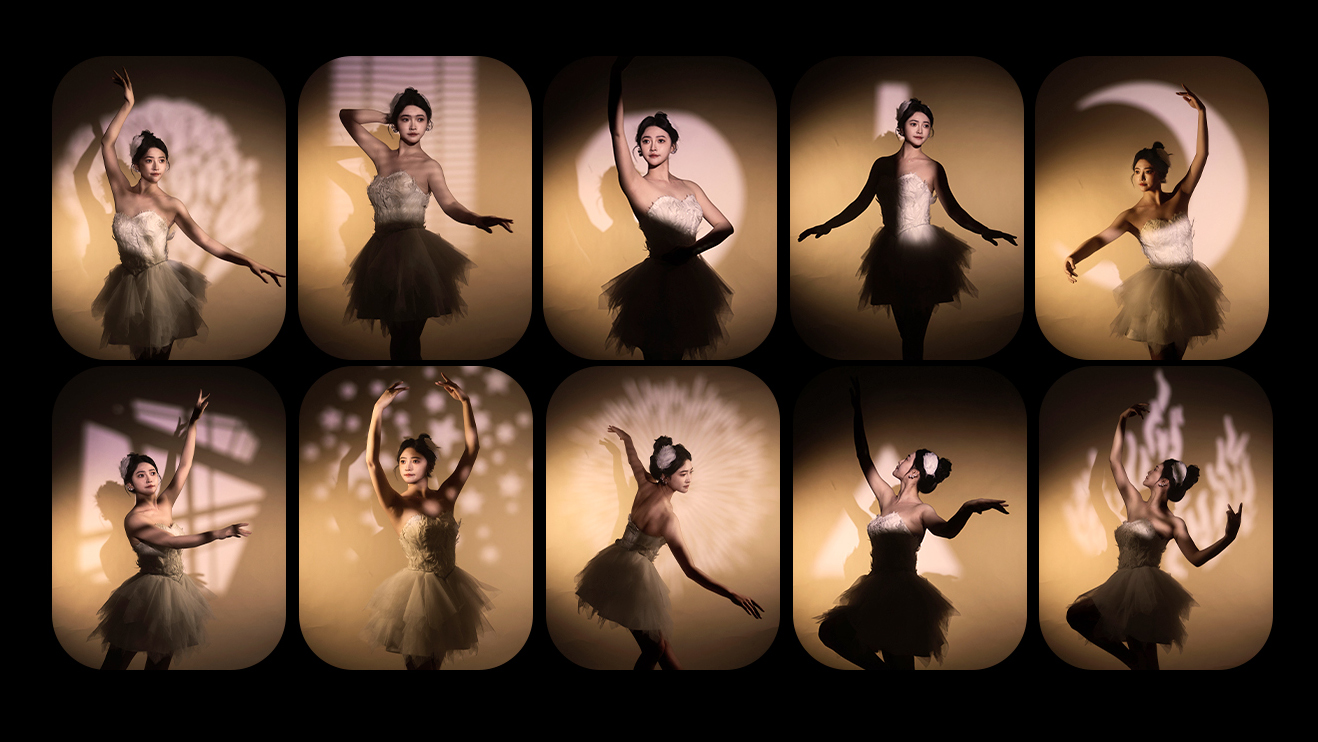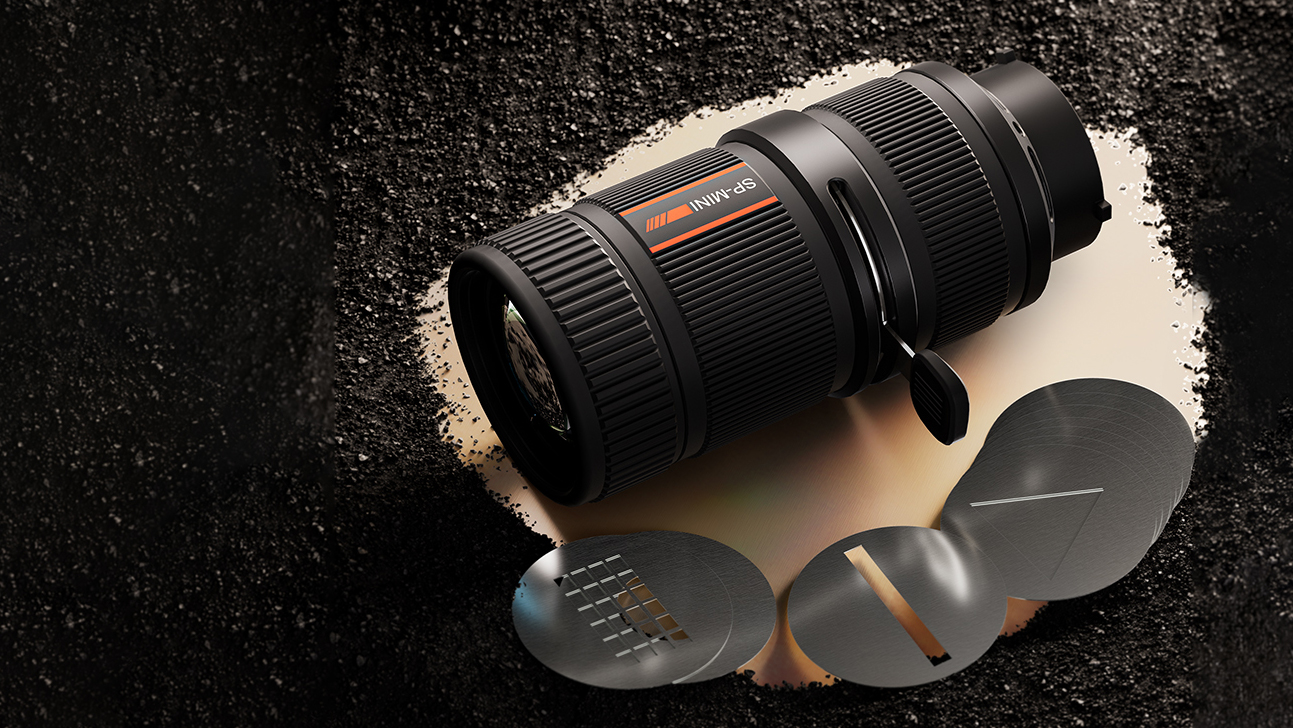Sorry, but this lens isn’t actually for a camera. Are interchangeable lens lights the next big thing in photography?
The new SmallRig Mini Spotlight uses a lens to shape light – and its one of the more affordable choices in a growing list of optical snoots

The lens shapes light as it comes into the camera – but lenses can also shape light as it comes out of a light source. Lately, I’ve noticed several photographers using not just interchangeable lens cameras, but interchangeable lens lights used to create dramatic shaped lighting. These lenses can be used to create spotlight effects and even alter the shape of the light to mimic window blinds, geometric shapes, and more.
One of the latest examples of this concept is the SmallRig SP-mini Spotlight, which introduces several different effects to the company’s existing RC series video lights.
Using a lens to shape light isn’t a new concept – after all, if you’ve ever taken apart a flashlight, you’ll find a cone-shaped silver reflector and a lens to project that light into the classic flashlight beam. But I’ve noticed a number of studio lighting kits that seem to be taking this long-standing concept up a notch and using it to give photographers and videographers more control over the shape of their light, creating a more modern version of the photography snoot.
The newly-announced SmallRig Mini Spotlight, for example, is a lens that mounts on the RC60 or RC100 video lights. The lens uses optics to increase the light transmission by more than four times, resulting in a brighter light. But the lens can also be used with gobos, or discs with a pattern cut into them, that change the shape of the light. That allows the SmallRig setup to create a spotlight effect that can take on a number of different shapes, from a crescent moon to a triangle.


The SmallRig Mini Spotlight is just one recent example of using lenses to shape light. SmallRig also has a flashlight with a light-shaping feature, which, like the new option, is a constant video light. There are several similar light-shaping tools geared towards more powerful but photo-only strobe lights. The Wescott Optical Spot by Lindsay Adler uses a 150mm f/3.5 to add shape and effects to a studio strobe. Flashpoint has a competing optical spot modifier, while Godox uses the term flash projection modifier instead.
These, of course, are a modern take on the snoot, a cone-shaped lighting modifier that narrows the spread of a light into a spotlight, which can also be used with gobos. A snoot is a cone-shape lighting modifier, while an optical snoot uses an actual lens to produce more crisp lines on that spotlight effect, rather than to softer edges of a traditional snoot.
While the idea of shaping light with a lens certainly isn’t new, I’m starting to see more of these light-shaping tools pop-up, which also means that I’m seeing more affordable choices hit the market – and that’s a great thing. Learning how to manipulate light opens up endless opportunities for photographers – and shaping that light is part of that equation.
Get the Digital Camera World Newsletter
The best camera deals, reviews, product advice, and unmissable photography news, direct to your inbox!
The new SmallRig Mini Spotlight sits towards the more affordable end compared to existing options, with the new modifier retailing for $149 / £144 / AU$238. Using the new Mini Spotlight, requires having the RC60 or RC100 video lights, which start at $179 / £182 / AU$298 for creatives that don’t already own the light.
You may also like
Before you decide, browse the best flash diffusers and modifiers or take a look at the top picks for the best video lighting kits.

With more than a decade of experience reviewing and writing about cameras and technology, Hillary K. Grigonis leads the US coverage for Digital Camera World. Her work has appeared in Business Insider, Digital Trends, Pocket-lint, Rangefinder, The Phoblographer and more.
You must confirm your public display name before commenting
Please logout and then login again, you will then be prompted to enter your display name.

